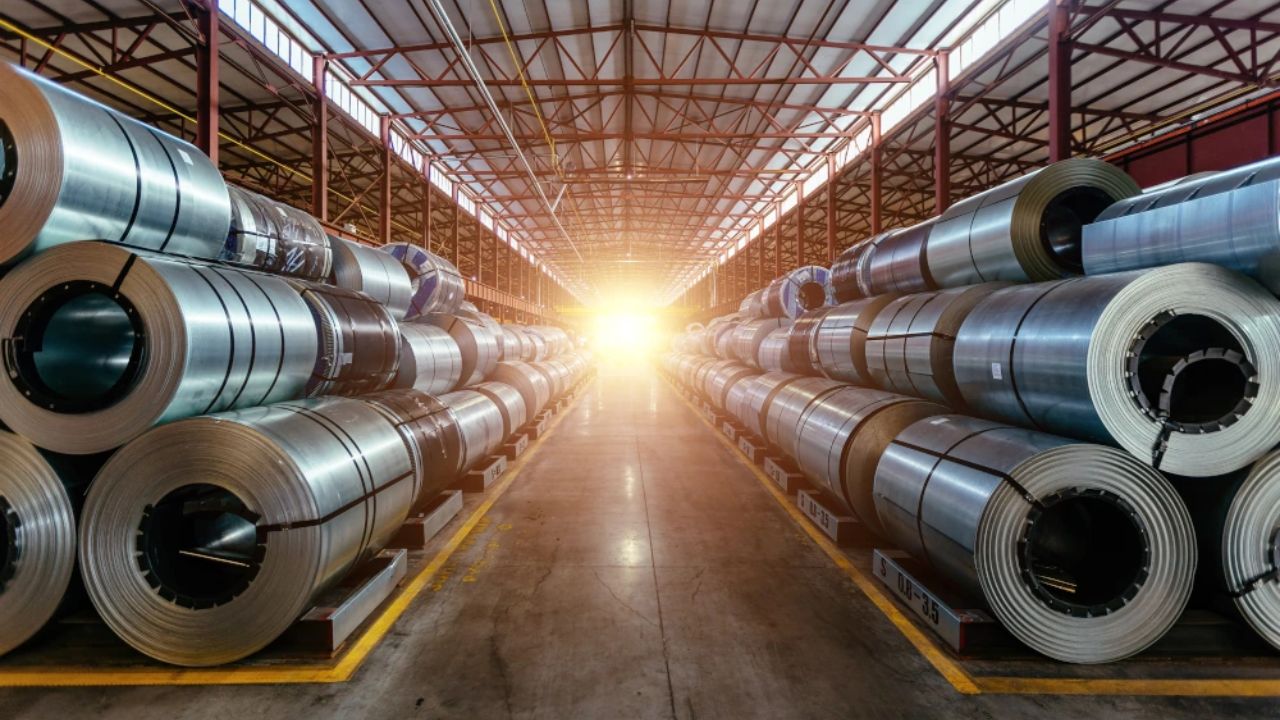Theodora is a business woman who has made it her life's work to help others achieve success. She has been an entrepreneur since she was young, and has always been drawn to businesses that have the ability to help others. She started her first company when she was just a teenager, and has never looked back since and she like shopping too.

Mild steel stands among the most frequently utilized materials throughout construction and manufacturing activities. The material stands out because it delivers exceptional strength alongside excellent workability and affordable costs. The usefulness of mild steel in different applications depends heavily on its density. This document examines how Mild Steel Density affects construction projects and manufacturing operations because it is a vital consideration during material selection and usage.
What Is Mild Steel Density?
The quantity of material mass contained in a particular volume of mild steel constitutes its density measurement. The weight ratio between steel material and its occupied volume defines steel density. Mild steel offers a high density value compared to various materials thus it delivers robust strength without becoming excessively heavy. The strength requirements of materials become possible with this essential property when workability and transportability remain essential.
The Impact of Mild Steel Density on Construction
The construction industry utilizes mild steel throughout building structures and bridges, as well as other infrastructure projects. The density of mild steel determines how effectively these structures handle necessary weight loads while maintaining appropriate size and weight.
The high density of mild steel delivers the required strength needed to bear heavy loads which makes it suitable for structural applications. Mild steel acts as the primary construction element for support beams and columns and reinforcement bars during building construction. The density of these elements gives them the power to handle both internal weight pressure from the building structure and external forces such as wind and seismic movements.
The middle-weight of mild steel enables efficient utilization in massive construction projects. The material maintains easy portability during construction since its weight allows for smooth handling of heavy materials, which is essential in building operations.
Mild Steel Density and Its Role in Manufacturing
The manufacturing sector obtains numerous benefits when using mild steel because of its density properties. Mass production pressures do not compromise the strength of this material because it also offers easy moldability into diverse industrial shapes and sizes. The applications of mild steel in manufacturing mostly encompass the production of machinery, tools, and equipment parts. Mild steel possesses excellent shaping capabilities, which enable manufacturers to produce complex components that specifically meet engineering requirements for engine and suspension system applications.
Mild steel density has a vital impact on the manufacturing process of industrial equipment. The production facilities use mild steel to construct multiple pieces of equipment that include conveyor belts, heavy machinery, and factory frames. Heavy usage conditions do not affect these structures because of their dense material composition, which keeps costs affordable.
Why Mild Steel Density Matters for Durability and Strength
The selection of materials for construction work and manufacturing operations heavily relies on durability and strength as fundamental criteria. The dense nature of mild steel directly enhances its properties that make it a favored material for harsh environments.
Manufacturers benefit from mild steel density, which enables their parts and machinery to maintain operation throughout long periods before experiencing failure. High-performance machinery requires this material because it enables the smooth operation of production lines in specific industries. Mild steel’s strength, together with its durability, decreases replacement requirements, which enables manufacturers to lower their costs and minimize equipment downtime.
Balancing Density with Other Properties
The density of mild steel plays a significant role in its strength, but additional properties make it suitable for construction and manufacturing applications. Mild steel presents superior weldability in addition to excellent machinability and formability. The combination of density with these characteristics makes mild steel a flexible material suitable for diverse applications.
Mild steel’s weldability allows fabrication into various shapes. It makes it suitable for a wide range of construction and manufacturing applications. The material undergoes processing through specialized tools, which convert it into exact components for machinery, along with structures and additional applications.
The combination of density for strength, together with material flexibility, makes mild steel an attractive choice for industries requiring customized solutions. The design capabilities of engineers improve through precise building structural properties during construction work, and the manufacturing sector achieves diverse part production with functional requirements.
Conclusion
The density value of mild steel serves as an essential factor for construction projects and manufacturing applications. The combination of strength and weight properties in this material makes it suitable for large projects and structural components as well as machinery production. Mild steel possesses both durability and strength because of its high density, besides offering workability that enables various application possibilities. The ongoing evolution of industries depends on fundamental knowledge of mild steel density for developing dependable and cost-efficient products.
